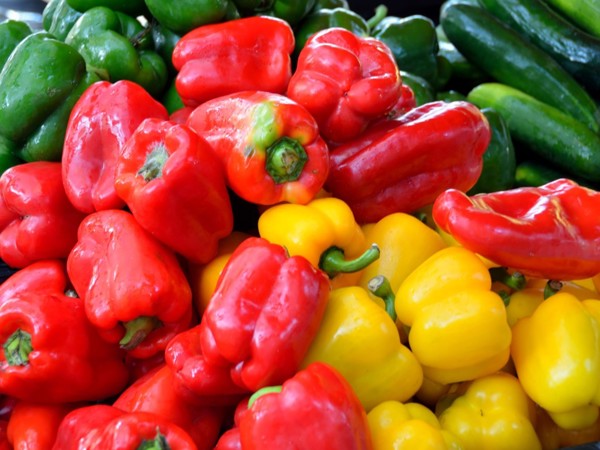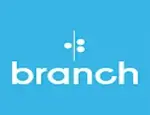It was 2018 when I lost my job as an office assistant. The economy was tough, and job opportunities were slim. I was at a crossroads, trying to figure out how to make ends meet. Then one day, I remembered my mother’s small pepper business, and it hit me – why not turn this into something big? Little did I know that this humble idea would transform into a N2 million monthly earner, thanks to strategic planning, digital technology, and financial literacy.
Step 1: Start Small and Research
Back then, I had no formal knowledge of agriculture, let alone running a pepper business. So, I started small by selling fresh pepper from my mother’s farm at the local market. I took the time to research different types of pepper (e.g., tatase, rodo, and shombo), understanding their demand in Nigeria. I also observed market trends, noting how prices fluctuated depending on the season.
This foundational research was crucial because it helped me decide the kind of pepper to focus on and the best time to sell it.
Step 2: Expand Knowledge Through Digital Technology
After a few months, I realized the potential in the pepper business was far beyond just selling at the local market. I needed to scale up, but I lacked the know-how. That’s when I turned to digital platforms like YouTube and blogs dedicated to agribusiness.
I learned modern farming techniques, the best types of fertilizers, and how to manage pests effectively. This step is essential for anyone looking to break into any agricultural business in Nigeria – the Internet is filled with free, valuable resources. Platforms like WhatsApp groups for local farmers also provide valuable information and networking opportunities.
Step 3: Apply Financial Literacy Principles
One thing that’s crucial for the success of any business is financial literacy. Early on, I made the mistake of using all my earnings for immediate needs without planning for growth. So, I educated myself on personal finance, learning how to budget, save, and reinvest profits.
For instance, I set aside 20% of my earnings for farm expansion, 10% for emergencies, and 5% for marketing. Understanding cash flow, profit margins, and budgeting was instrumental in growing the business. It wasn’t easy, but it ensured that I had the resources needed to expand when the time came.
Step 4: Incorporating Digital Technology to Market the Business
Selling pepper locally wasn’t enough to hit my income goals. I needed to reach a broader audience, so I began to leverage digital technology for marketing. Using social media platforms like Instagram and Facebook, I posted pictures of my fresh, organic pepper, tagging local restaurants, chefs, and food bloggers.
Here’s how I used digital marketing step by step:
- Create a business account on Instagram and Facebook – This is key for promoting your products.
- Use hashtags like #FreshPepperNG and #NaijaFood – I made sure my posts were seen by people who were interested in food and local produce.
- Engage with potential customers – I responded to comments, DMs, and tagged customers who purchased in bulk. Building this relationship online expanded my customer base beyond my immediate location.
- Run targeted ads – I used Facebook ads to reach restaurant owners, food processors, and bulk buyers in Lagos, Abuja, and Port Harcourt.
With these steps, my customer base grew exponentially, and I started supplying large quantities to restaurants and supermarkets.
Step 5: Build a Scalable Supply Chain
As demand grew, I realized that I couldn’t manage everything alone. I needed to build a reliable supply chain. I partnered with local farmers to ensure a steady supply of fresh pepper and hired part-time workers to help with sorting and packaging. By working with local farmers, I was able to reduce costs and ensure high-quality products.
Step 6: Digital Payment Systems for Efficiency
One of the game changers for my business was integrating digital payment systems. Many of my clients preferred paying via bank transfers or mobile payment systems like Paystack. I opened a business account and set up an online payment system to streamline the process.
This was particularly helpful for bulk buyers and allowed me to keep track of transactions easily, without the stress of handling cash. It also made the business more credible to larger clients like restaurants and food processing companies.
Step 7: Keep Reinvesting and Scaling Up
The final step in growing my pepper business into a N2 million monthly earner was consistent reinvestment. I didn’t stop at just making sales; I kept plowing profits back into the business. I expanded into pepper processing, where I dried and packaged ground pepper. This allowed me to sell during off-seasons, thereby stabilizing my income year-round.
I also reinvested in marketing and farm expansion. By 2021, my business had grown enough that I could afford to hire a farm manager, buy more land, and explore exporting pepper to other West African countries.
Lessons in Financial Literacy
This journey wasn’t just about selling pepper; it was a lesson in financial literacy. Understanding the importance of budgeting, cash flow, and investment helped me not only grow but sustain my business.
Here are a few financial literacy tips for anyone looking to start their own pepper business:
- Separate personal and business finances: Open a business account and ensure you track all transactions.
- Reinvest profits wisely: Allocate a portion of your profits toward business growth, whether it’s in marketing, equipment, or staff.
- Maintain an emergency fund: Agriculture is unpredictable, so it’s important to have funds set aside for unexpected situations, like crop failure or a market slump.
Conclusion
Today, my pepper business brings in over N2 million a month, and the journey continues. It all started with a small idea and grew through persistence, digital technology, and sound financial principles. Whether you're starting a pepper business or any other venture, the steps remain the same: research, invest in knowledge, use technology, and apply financial literacy to scale.

.jpg)








